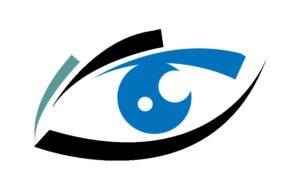Best Age-related Macular Degeneration In Thane
AMRD is an illness in which there is a gradual breakdown of cells that are located in the center of the retina (the sensitive to light layers of nerve tissue located at behind the eyes). The result is a loss of vision in the middle of the eye, and may cause issues with activities like driving and reading. ARMD is usually observed in those over 50 years old.
What is the difference between these two different types of AMRD?
Dry (nonexudative or anatrophic): All age-related macular degeneration (AMD) begins as dry or dry-form. The majority of patients suffering from AMD only have dry AMD. Central vision loss happens in the course of time and is completely painless however, most sufferers retain enough vision to be able to read and drive. The central blind spot (scotomas) typically develop late in the process and be severe at times. The signs are typically bilateral.
Wet (exudative or Neovascular): Wet AMD is seen in around 15% of patients. Rapid loss of vision, typically lasting from days to weeks is the most common symptom of wet AMD. The first sign is usually visual distortions, like the central dark spot (scotoma) or curving lines (metamorphopsia). Color vision and peripheral vision are usually unaffected, however, the patient could develop legally blind ( 20/200 visual) in the eye affected especially when AMD cannot be treated. Wet AMD typically affects only the affected eye in a single given time so the signs of wet AMD tend to be unilateral.
While less than 15% people suffering from AMD are affected by the wet form however, the majority of the loss of vision due to AMD result from wet AMD.

How do I best treatment for AMRD?
Following are different treatments for AMRD:
Dietary supplements for unilateral or wet, age-related macular damage
Intravitreal antivascular endothelial cell growth factor medications and laser therapies for dry AMD
Helpful measures like Vitamins
